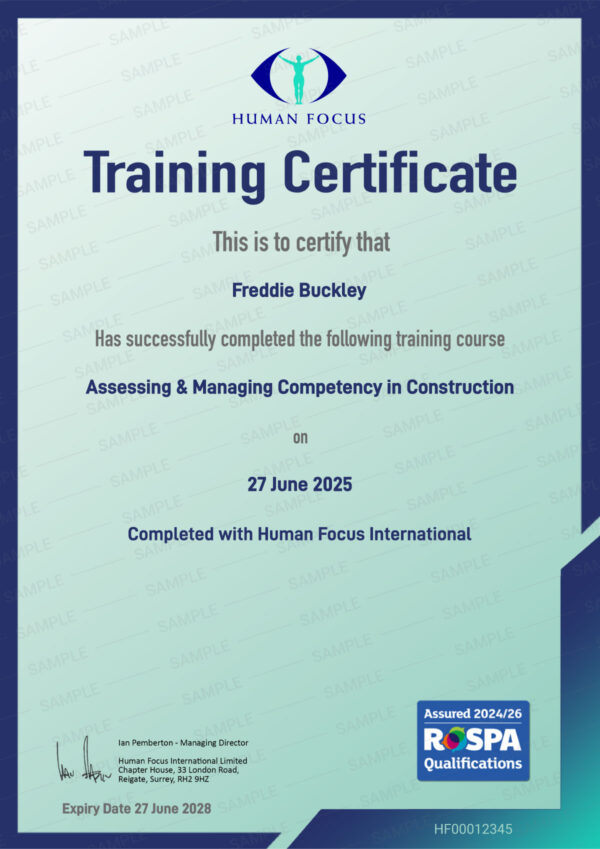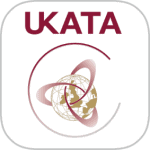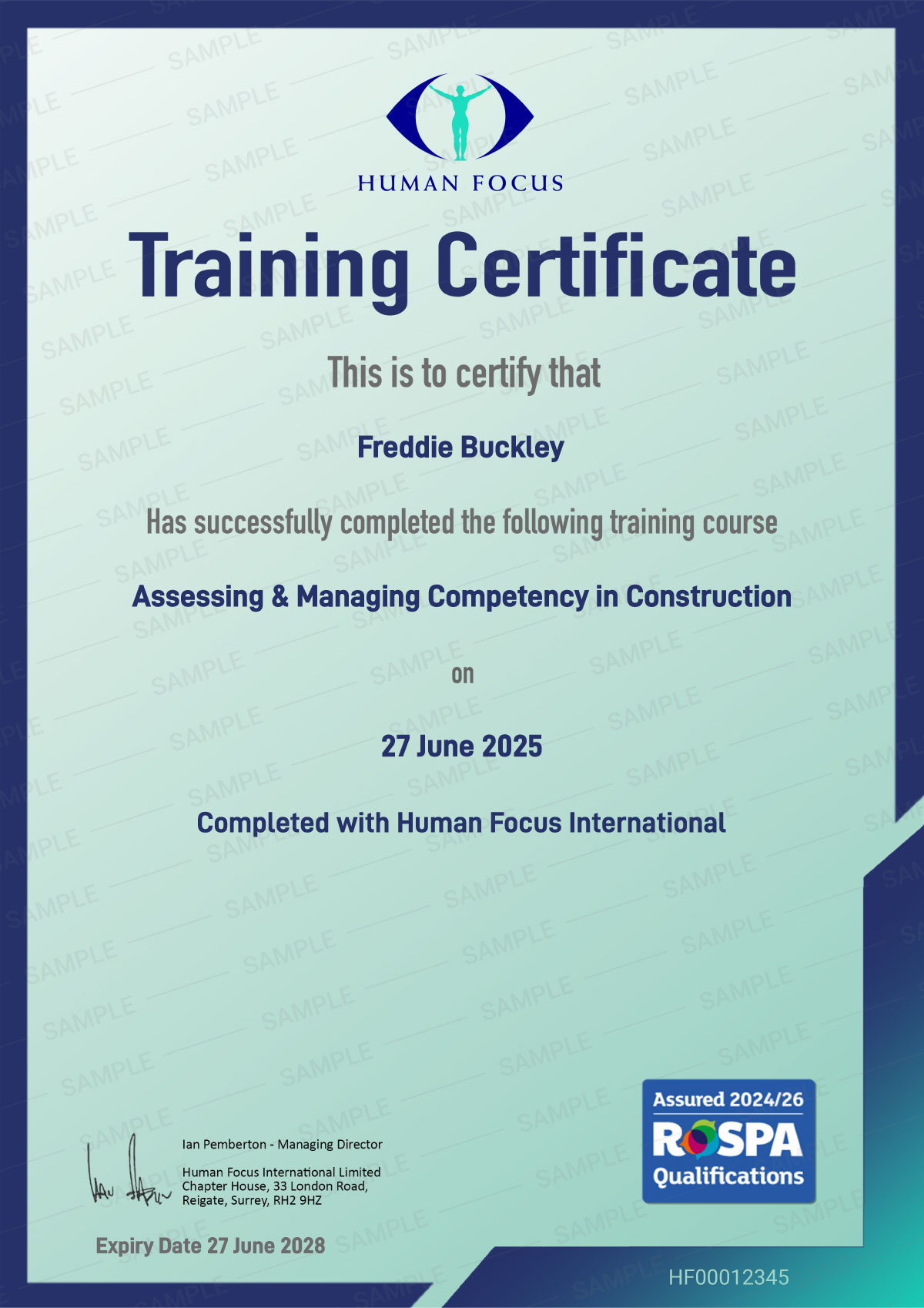This RoSPA-assured Competency Management Training course provides anyone with a duty to assess competency with an awareness of how it’s managed during a construction project.
The course looks at what competency is, how it works and ways to assess it. It provides guidance in line with the legal duties outlined under the Construction Design and Management Regulations, or CDM, 2015.
This course is theory-based and designed to support those managing compliance responsibilities. It is not a qualification or certification of competency under law.








